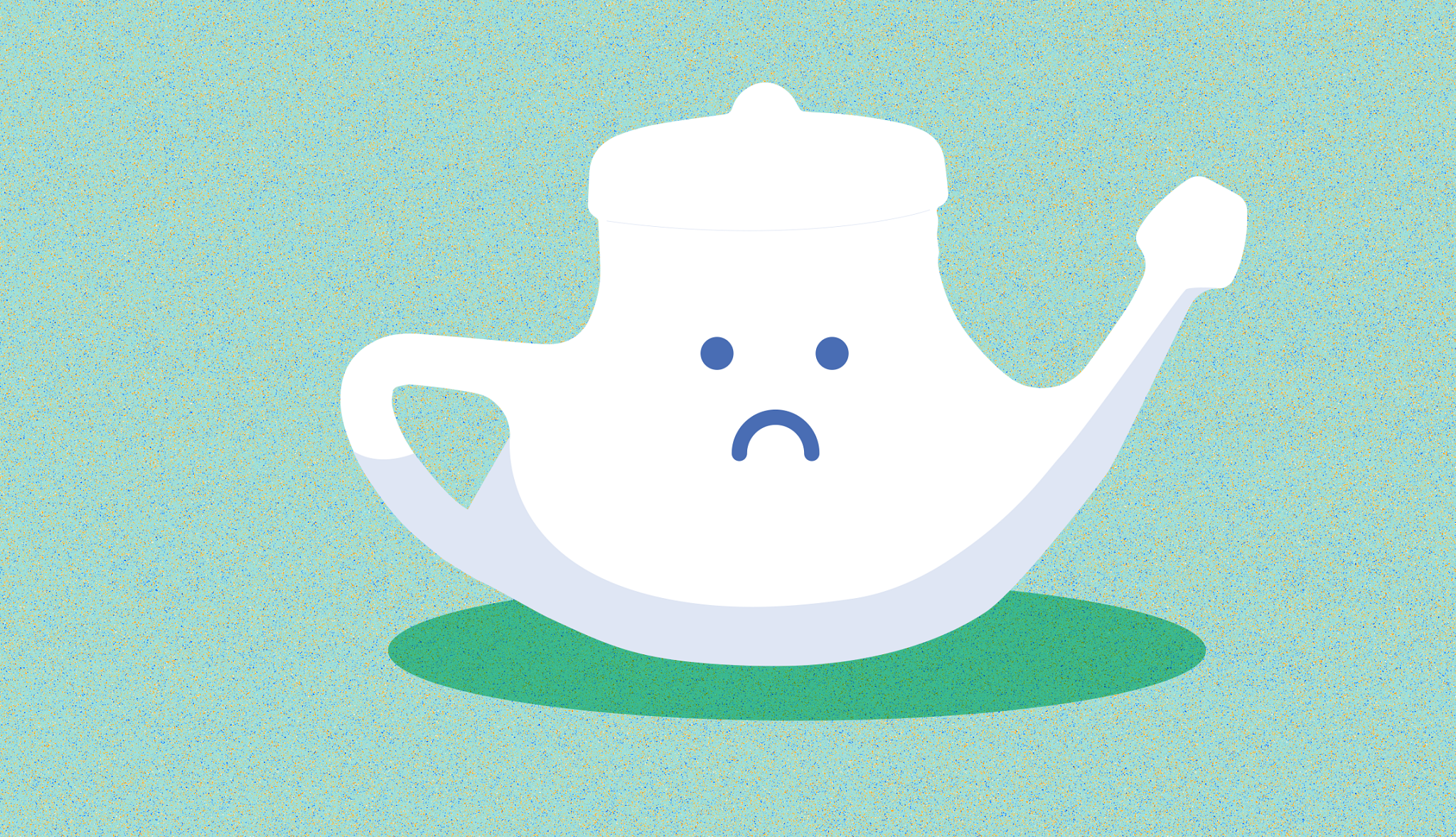AARP Hearing Center


If you didn’t know better, you might think a recent report about brain-eating amoebae among sinus sufferers was taken from a horror movie, rather than a study from the Centers for Disease Control and Prevention (CDC).
But this wasn’t the first time the CDC has warned people who use neti pots to flush out their sinuses about the dangers of doing so with regular tap water. More than a decade ago, the horrors of another brain-eating amoeba tied to nasal rinsing made news. In the CDC’s new study, published recently in Emerging Infectious Diseases, researchers focused on 10 patients, average age 60, all of whom were infected with a life-threatening amoebae (Acanthamoeba spp.) commonly found in soil and many types of water, including lakes, rivers and tap water.
Although the researchers can’t say for sure how the patients were infected, two clues helped point toward the likely culprit: All 10 patients had weakened immune systems and all 10 practiced nasal rinsing (aka nasal irrigation) , a practice otolaryngologists (ear, nose and throat doctors) consider safe and an effective alternative to prescription drugs for preventing and treating sinus woes — when done properly.
“What the CDC has done is look back and discovered that among the few people — and I emphasize few — with this rare cerebral amoebic infection, acanthamoeba, some of them got it by diving into lakes and streams” and some got it from using a nasal rinsing device such as a neti pot, says William Schaffner, M.D., professor of preventive medicine and infectious diseases at Vanderbilt University School of Medicine in Nashville.
The surprise, the researchers noted, wasn’t that three of the 10 patients died from the infection; the surprise was that so many survived. As the study noted, while infection with these amoebae is extremely rare — affecting only three to 12 people per year in the U.S. — 82 percent of cases are fatal.
Whether diving into a lake or stream, or practicing nasal rinsing, water is essentially pushed up into the nasal passages, giving potential pathogens like these amoebae an opportunity to work its way into your central nervous system, Schaffner explains. The risk of infection, though rare, makes sense if you’re diving into murky waters without using a nose clip or holding your nose. But how can a centuries-old practice of nasal rinsing expose you to the same dangers?
Two words: tap water. At least half of the patients in the CDC study used tap water in their nasal rinsing practices.






























































More on Health
Is Your Water Bottle Making You Sick?
Plus, expert tips on how to clean it properly
What to Know About Flesh-Eating Vibrio
Deaths in multiple states linked to rare bacterial infection
4 Hidden Allergy Triggers
Everyday items may be to blame for your symptoms
Recommended for You